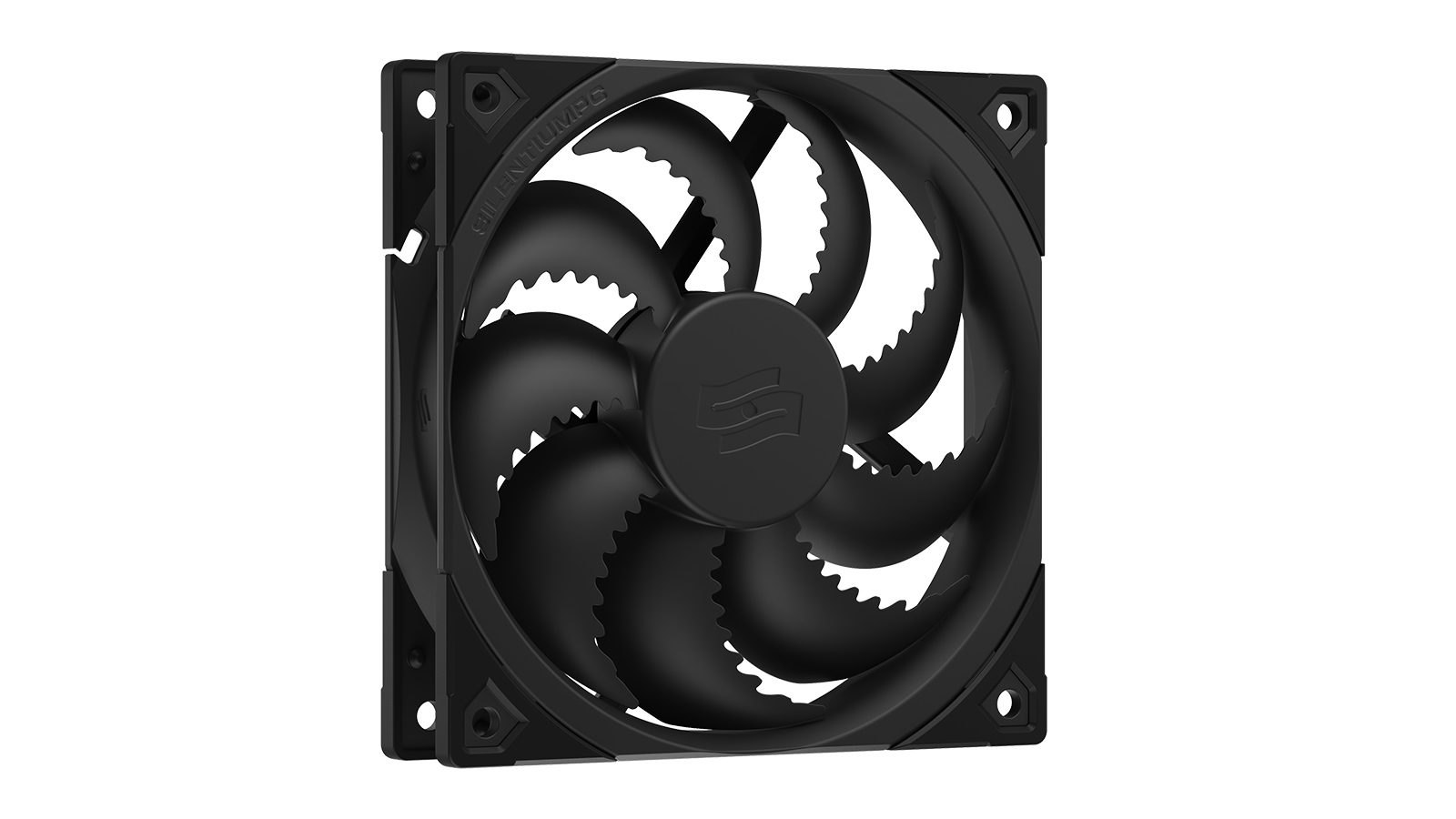

Reads that had fewer than 75 bp after quality trimming were removed from the library along with their mates. The reads were then soft trimmed from the 3′ end to remove base calls with a phred score of less than 28 using a sliding window of 1 nucleotide. To do this, we trimmed the first five bases from the 5′ end of each read and seven bases from the 3′ end to remove read positions that had elevated AT content. This included removing suspect base calls in the Illumina paired-end read library by quality trimming. We largely followed the symbiont genome assembly methods described by Boyd et al. No obvious masses of the Rickettsia bacterium were observed in louse tissues, nor did we find any evidence of vertical transmission, so the nature of its association remains unclear. From the same lice, we also identified an abundant bacterium belonging to the genus Rickettsia that is closely related to Rickettsia ricketsii, a human pathogen vectored by ticks. These patterns suggest the possibility that this Sodalis endosymbiont might be recently acquired, replacing a now-extinct, ancient endosymbiont. The endosymbiont genome appears to be degrading in symbiosis however, it is considerably larger than the genomes of other mammalian louse endosymbionts. Localization and vertical transmission of this endosymbiont are also more similar to those of bird lice than to those of other mammalian lice. Rather, it is more closely related to endosymbionts of the genus Sodalis associated with spittlebugs and feather-chewing bird lice. One of these is a heritable endosymbiont that is not closely related to endosymbionts of other mammalian lice. Here, we describe two bacterial associates from a louse, Proechinophthirus fluctus, which is an obligate ectoparasite of a marine mammal. The lice parasitizing mammals rely on endosymbionts to provide essential vitamins absent in their blood meals. The scientists attribute the differences in temperature to differences in the composition of the solidified lava, which may indicate that the volcanoes were created at different times.Roughly 10% to 15% of insect species host heritable symbiotic bacteria known as endosymbionts. Mylitta Fluctus also has high values for heat radiation. Differences with the previously-predicted temperatures of the extinct volcanoes there could now be ascertained. Mylitta Fluctus is in an area in the southern hemisphere of Venus that has been studied intensively in the last two years with the VIRTIS (Visible and Infrared Thermal Imaging) spectrometer on board the ESA space probe Venus Express. Basalt an igneous rock which is relatively low in silicon, is fluid as lava at temperatures around 1000☌, and occurs regularly on the Earth – for example in the islands of Hawaii, or on the sea bed, which constitutes two-thirds of the Earth’s crust.


Their structure resembles that of basalt lava flows on Earth. The picture shows a radar picture from the Magellan probe of the Mylitta Fluctus region, in which solidified lava flows can be seen. Some of the lava flows from these volcanoes stretch over hundreds of kilometres, covering areas as large as Germany. In analysing the topographical maps of Venus, which were made in the 1990s with radar information from the American Magellan mission, enabled scientists to identify up to 10 000 volcanoes on Venus.


 0 kommentar(er)
0 kommentar(er)
